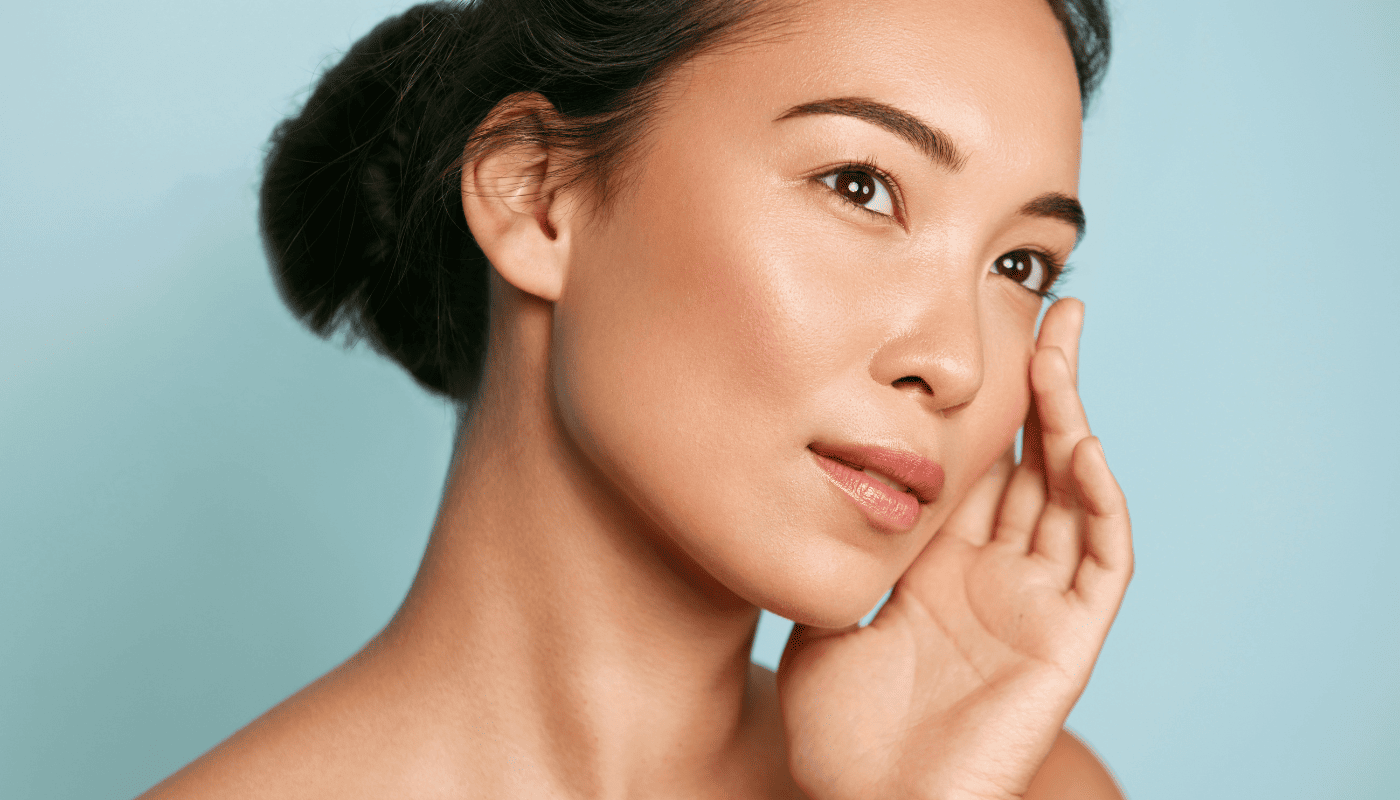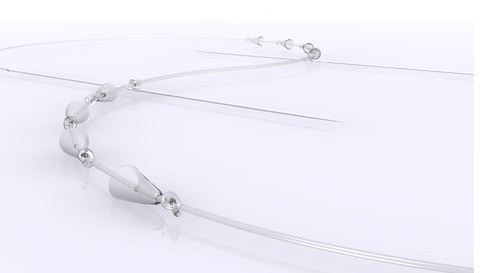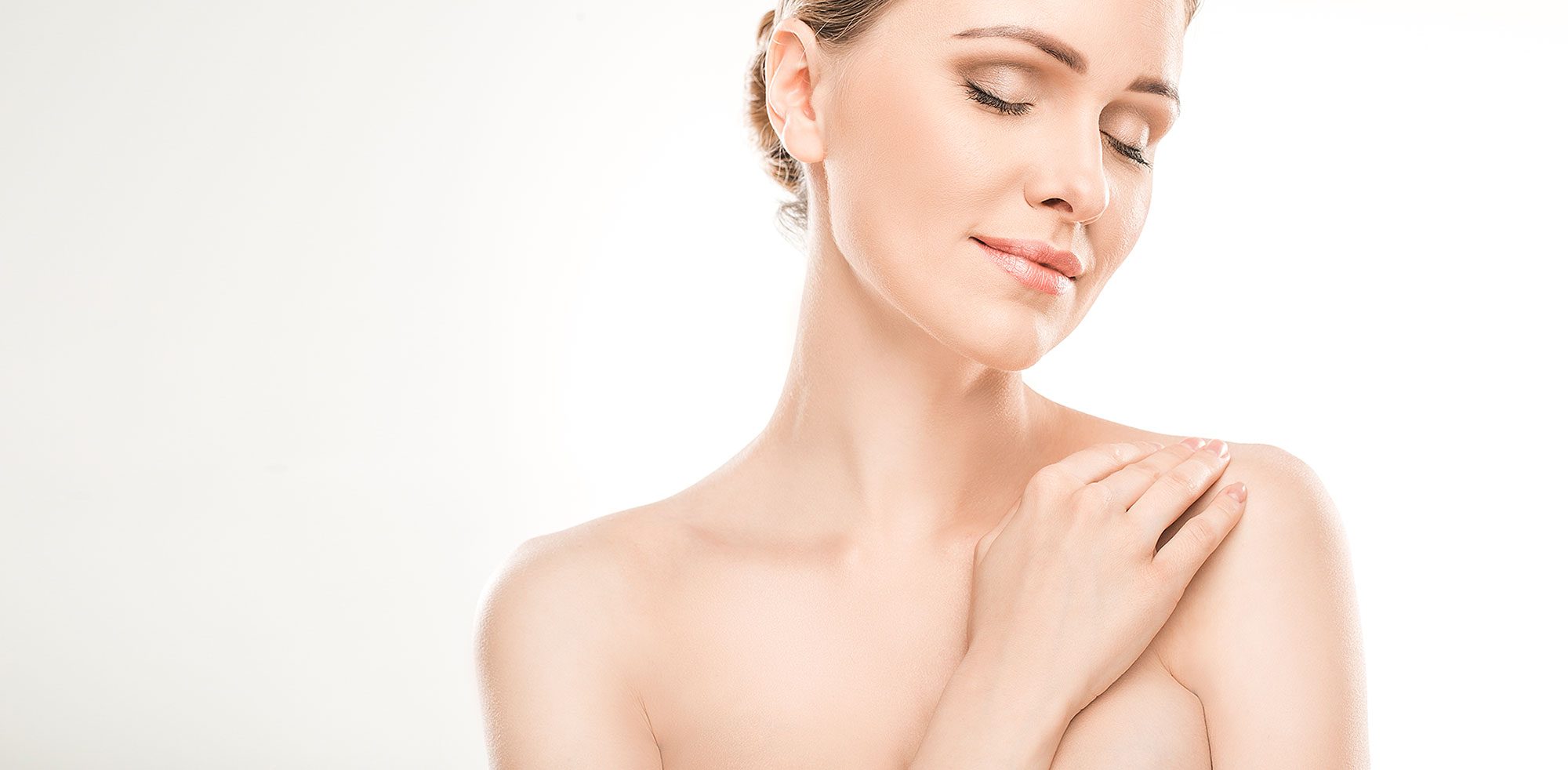
27 February The thread debate – which is the best thread for you?
As the BEST clinic in the UK for thread lifts in the Tatler Beauty and Cosmetic Surgery Guide 2022 and 2023, and the UK’s premier collagen stimulation and body contouring clinic, Dr Charlotte Woodward and Dr Victoria Manning are highly regarded as the UK’s leading thread lift doctors, and internationally regarded as pioneers of new thread technologies and techniques.
And our unique RiverLIFT is the ultimate non-surgical cosmetic procedure for lifting and tightening sagging tissues. Combining thread technologies with facial injectable treatments for ultimate natural rejuvenation.
However, there is still an ongoing debate regarding the differences between the threads, which thread technology is superior – Silhouette Soft or PDO?
So, which of these two thread-lifting products will yield the best results for you as a patient?
To find out, read on…
What is thread-lifting?
Thread-lifting is a simple, non-invasive procedure that takes less than 60 minutes, with results that can last up to 2 years.
The bio-absorbable threads form a permanent support structure for the tissue of the face and neck, helping to redefine facial contours and induce collagen production.
The lifting effect is at its peak 4-6 months after the treatment, when the collagen has formed around the threads.
Adopting and combining innovative thread technologies, using PDO threads, Silhouette Soft threads and bio-stimulatory dermal filler techniques, with the RiverLIFT we are now able to address core concerns, tackling the root of the problem and simultaneously reducing the signs of ageing.
What is a polydioxanone (PDO) thread?
PDOs originate from Western Medicine.
The PDO material has been used in surgical suture material for many years and is fully biocompatible. It’s dissolved by the body over time – usually between over 6 and 9 months – but stimulates intense healing on the way.
Recent developments in thread-lifting have moved away from traditional monofilaments to barbed threads. The shape of barbed threads induces a higher inflammatory reaction, causing more fibrous collagen production in the healing process.
As a result, patients achieve longer-lasting and more visible effects.
The PDO threads are specially ‘barbed’, so they gently but firmly tether under the skin and grip it, to pull and to lift.
How do thread-lifts work?
After a small injection of local anaesthetic at the entry point, an entry will be made by the ear then fine threads are advanced along pre-marked contours, deep into the facial tissue.
Once the threads are in place, your body starts to produce new bundles of collagen around each thread and this in turn creates a subtle yet effective lift.
There is no scarring and recovery times are a lot less than those associated with traditional surgery. You get an instant improvement, but the results are best seen at 3 months.

PDO threads and Silhouette Soft threads – what’s the difference?
Are you confused about the different threads on the market & what is going to give you the best result?
In our experience both provide a safe and efficient method of lifting the face, neck and some areas of the body in one session, however in combination the results are outstanding.
Silhouette Soft threads are made of a clear, absorbable material of polylactic acid, which dissolve and help stimulate your skin’s own collagen production. These threads are inserted under the skin using a fine needle – without the need for incisions – to elevate the sagging tissue and lift problem areas.
The poly- lactic acid stimulates type 1 (elastic collagen) collagen synthesis and this effect can last for 2 years. A typical treatment involves placement of 2 -3 threads on each side.
Local anaesthesia is needed at the entry and exit points of the sutures. Once the suture has been applied, we apply slight compression to the tissue to reshape it by hand and to obtain the desired lifting effect. The non-inserted ends of the thread are cut off, and you’re done.
When threads are inserted into the skin, the body recognises the threads as a ‘foreign body’ and goes into repair and healing mode. In its effort to repair and heal it induces the production of collagen and elastin.
Who is suitable for thread-lift treatment?
The best patients for thread-lift are men and women who are beginning to experience sagging of the mid face, loss of jaw definition and have skin laxity in the neck area resulting in the classic turkey neck.
Can thread lifts be used alongside other aesthetic procedures?
The benefits of a thread lift are best seen when combined with other therapies, to deliver the ultimate result. We find combining with bio-stimulatory dermal fillers improves both the longevity of the lift and the final cosmetic result.
How long does a thread-lift take?
A typical thread-lift procedure takes as little as one hour, but it depends on the number of threads the doctor uses, and the areas being treated.
How long do the results last?
The lasting power depends on the age of the patient and how much sagging the thread-lift has corrected.
It should be noted that sagging will return over time, but many doctors report that the results last for anything between 2 and 3 years.
To extend the results it is possible to have additional threads inserted and your doctor can advise you when this is required.
Are there any risks?
No surgical procedure is without risk, but the level of risk is often down to the expertise and experience of the doctor carrying out your procedure.
Thread-lifting can cause minor side-effects such as:
- infection
- bruising
- swelling
- tenderness
- numbness and slight asymmetry.
Indentation at the entrance and exit points are also quite common, and puckering may happen along the length of the thread although this usually settles quite quickly – but may take up to 2 weeks.
What can go wrong with a thread-lift?
Complications are unlikely but you must be prepared for any of the following:
- excessive bruising
- being unhappy with the results or your expectations not being realised
- asymmetry
- broken threads
- infection
- dimpling at the entry sites.
What will I look like after this procedure?
Immediately after the treatment you will have a series of needle punctures on each side of the face. These will remain visible for the rest of the day although most people are able to cover them up the next day with makeup. There may also be some mild puckering.
You may experience some bruising and swelling around the sutures, although this tends to be relatively minor and short-lived.
For up to a week after the procedure it may feel tender around the sutures. You will be able to feel the sutures and the anchoring cones beneath your skin, especially when you apply your makeup, although you should not be able to see them.
Why choose River Aesthetics for your thread-lift?
Dr Victoria Manning and Dr Charlotte Woodward are recognised as being the dynamic duo to see when it comes to thread-lifting in the UK.
Both doctors are national trainers, so you can be assured that you will be in safe hands for your thread-lifting treatment – whether you choose Silhouette Soft or PDO – and that you will achieve the best results.
For further information on River Aesthetics’ signature thread-lifts please contact the reception team on 01202 024060 or email [email protected].
PROUD TO BE CQC REGISTERED
As a Care Quality Commission registered clinic, River Aesthetics doctors, Dr Victoria Manning and Dr Charlotte Woodward have demonstrated their unwavering commitment to patient safety and best practice for many years.
Patient safety is our priority at River Aesthetics. A CQC certification is the hallmark of a clinic that has demonstrated clinical excellence and offer safe, high-quality and compassionate care.

Registered by CQC

